Table of Contents
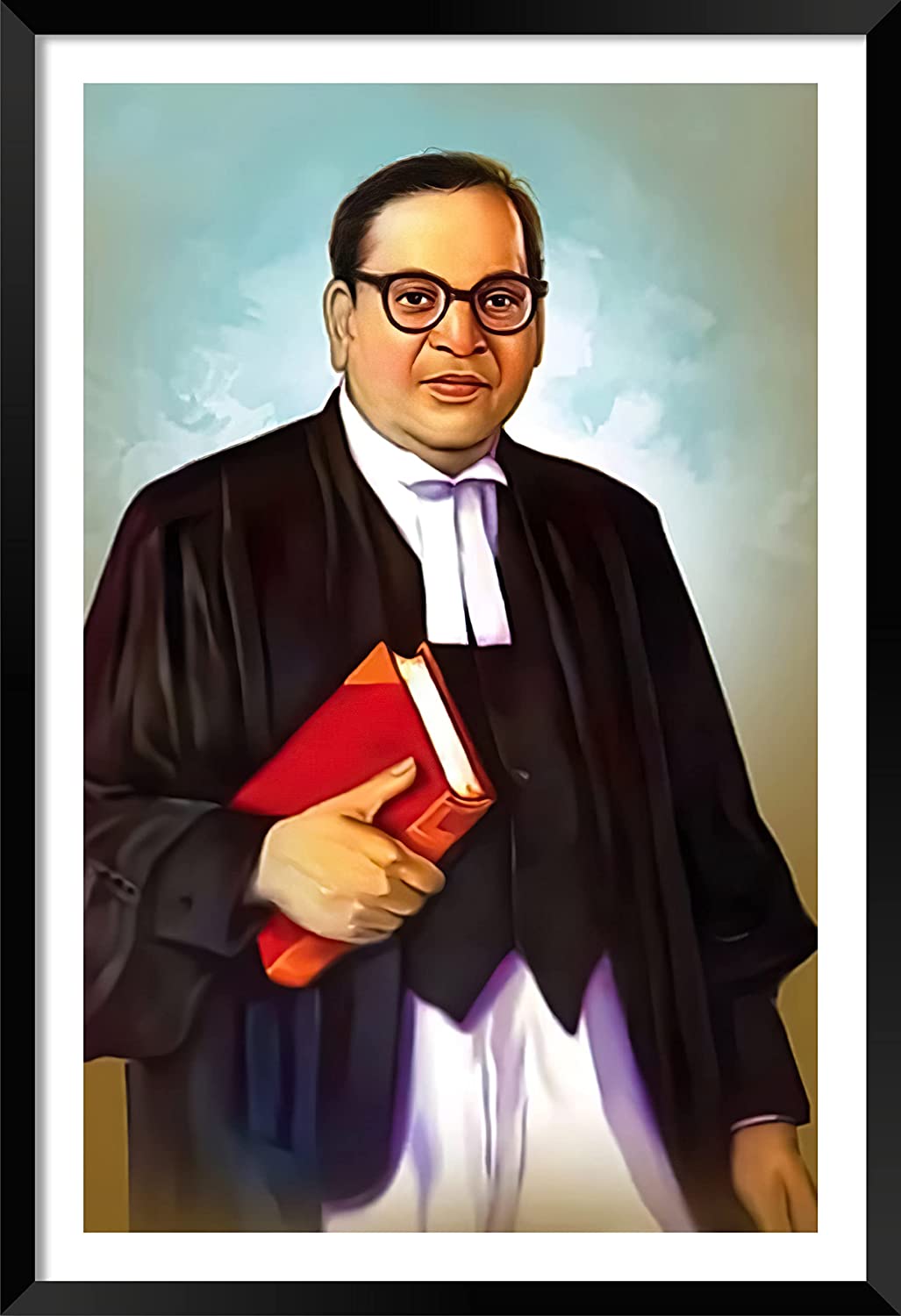
Dr. B.R. Ambedkar Biography
B.R Ambedkar jayanti is observed on April 14. He was known as Babasaheb. He chaired the drafting committee of the Constituent Assembly. He was India’s first Minister of Law and Justice.
Ambedkar’s Wiki Profile
| Full Name | Bhimrao Ramji Ambedkar |
| Born | 14 April 1891 |
| Place of Birth | Mhow, India |
| Died | 6 December 1956 |
| Place of Death | New Delhi, India |
| Resting place | Chaitya Bhoomi, Mumbai, India |
| Parents | Father: Ramji Maloji SakpalMother: Bhimabai Sakpal |
| Spouse(s) | Ramabai Ambedkar (m. 1906; died 1935) Savita Ambedkar (m. 1948) |
| Political party | Independent Labour Party Scheduled Castes Federation |
| Other political affiliations | Republican Party of India |
| Alma mater | University of Mumbai (B.A., M.A.) Columbia University (M.A., PhD) London School of Economics (M.Sc., D.Sc.) Gray’s Inn (Barrister-at-Law) |
| Profession | Jurist, economist, academic, politician, social reformer, and writer |
| Awards | Bharat Ratna (posthumously in 1990) |
| Known for or Famous for | Dalit rights movement Heading committee drafting Constitution of India Dalit Buddhist movement |
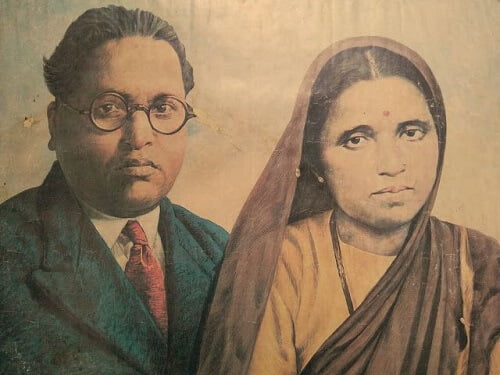
Baba Saheb in the USA and the UK
The Maharaja of Baroda had a scheme to send a few outstanding scholars abroad for further studies. Of course, Bhimrao was selected – but he had to sign an agreement to serve Baroda state for ten years on finishing his studies.
In 1913, he went to the USA where he studied at the world-famous Columbia University, New York. The freedom and equality he experienced in America made a very strong impression on Bhimrao. It was so refreshing for him to be able to live a normal life, free from the caste prejudice of India. He could do anything he pleased – but devoted his time to studying. He studied eighteen hours a day.
Dr. B. R. Ambedkar Achievements
- Bhimrao Ambedkar’s residence at 26 Alipur Lane in Delhi has been renovated into a monument in his remembrance.
- He received Bharat Ratna, India’s prestigious award, posthumously (after death) in 1990.
- Many government universities, including Dr. Ambedkar Open University in Hyderabad, Andhra Pradesh, and B. R. Ambedkar Bihar University in Muzaffarpur, Bihar, are named after him.
- Nagpur’s Dr. Babasaheb Ambedkar International Airport, previously known as Sonegaon Airport, is located in Nagpur city.
- A huge official portrait of Ambedkar has been displayed in the Parliament house.
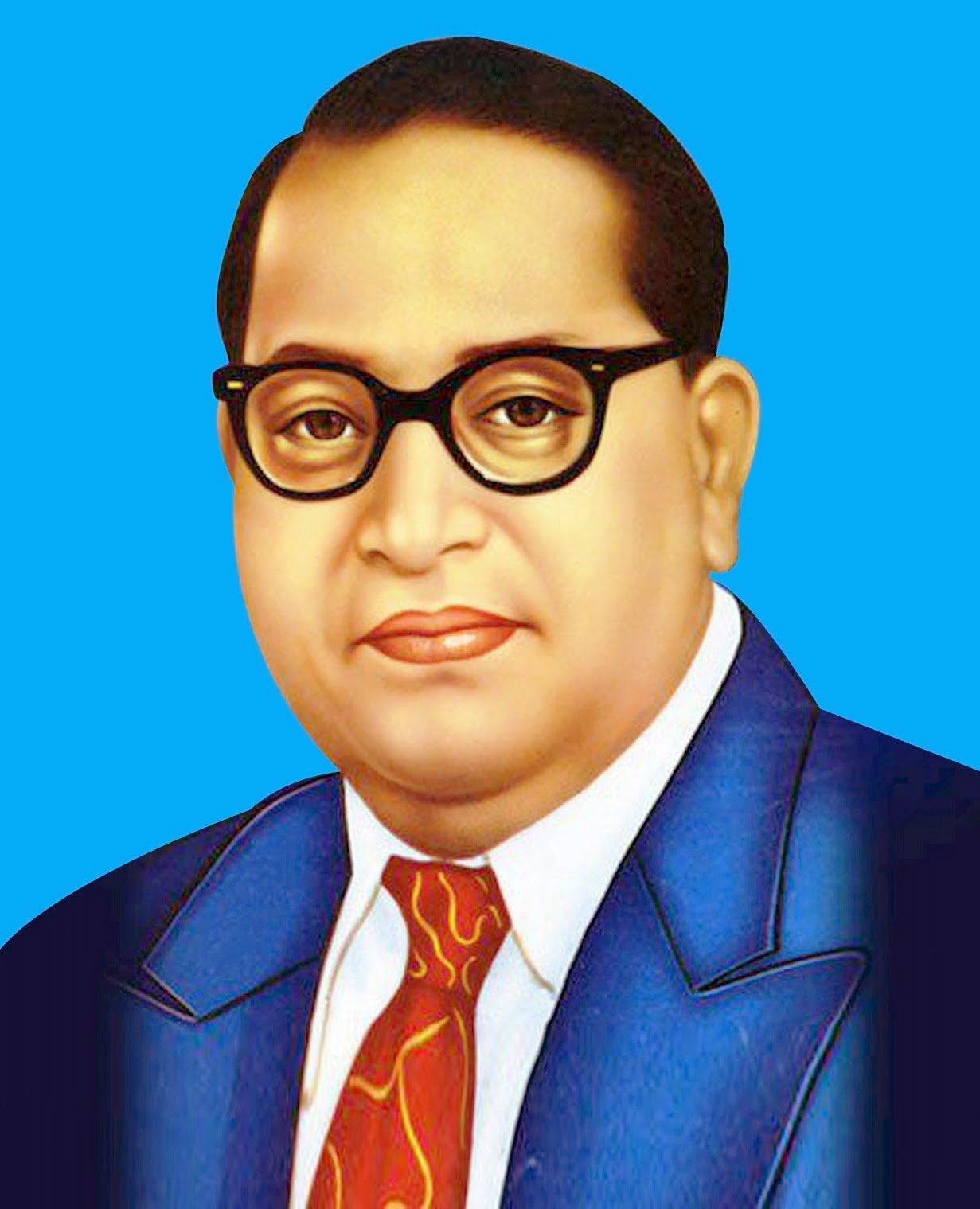
More read: List of Prime Minister of India
Biography of Dr. A.P.J. Abdul Kalam
Ambedkar with Mahatma Gandhi
Even Though, after collaborative talks, Mahatma Gandhi and B.R Ambedkar decided to agree on a roadmap in the Pune Pact of 1932. In 1945, Ambedkar prepared a report entitled “What Congress and Gandhi have done to the Untouchables,” He questioned Mahatma Gandhi’s allegation that he favored the Hari people.
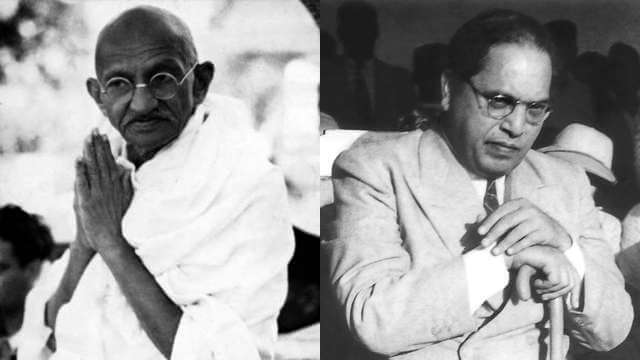
In the Prime of His Life
Babasaheb had by this time collected a library of over 50,000 books, and had a house named Rajgriha built at Dadar in north Bombay to hold it. In 1935 his beloved wife Ramabai died. The same year he was made Principal of the Government Law College, Bombay.Also in 1935 a conference of Dalits was held at Yeola.
Babasaheb told the conference: -We have not been able to secure the barest of human rights… I am born a Hindu. I couldn’t help it, but I solemnly assure you that I will not die a Hindu.” This was the first time that Babasaheb stressed the importance of conversion from Hinduism for his people – for they were only known as ‘untouchables’ within the fold of Hinduism.During the Second World War, Babasaheb Ambedkar was appointed Labour Minister by the Viceroy.
Why Ambedkar Jayanti?
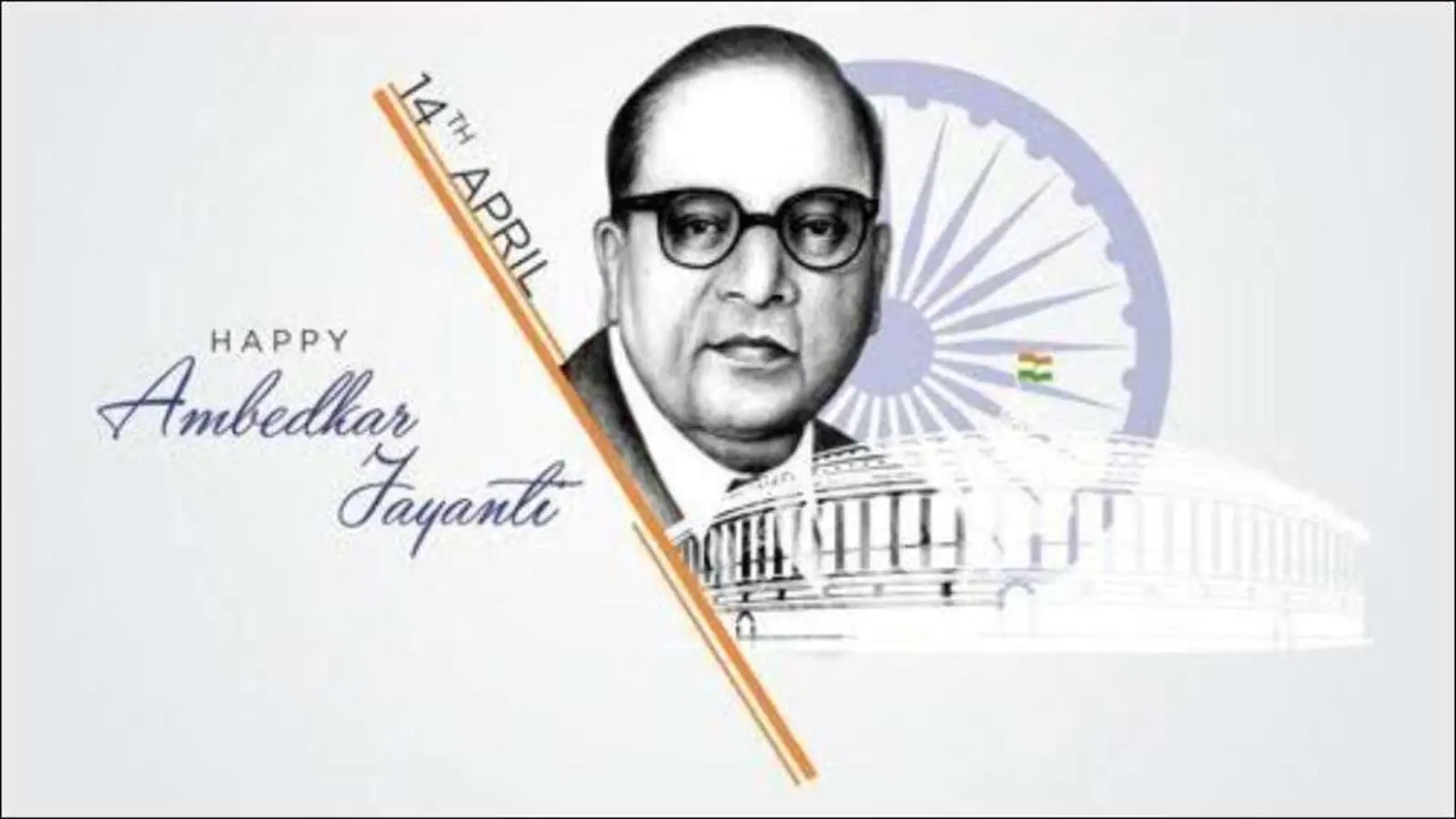
The memorial of Dr. B.R Ambedkar was created to honor his commitment to human rights and the betterment of the lower section. In addition, his birth anniversary is commemorated on April 14 every year as Ambedkar Jayanti. This day is declared a national holiday too. Ambedkar Jayanti is also known as Bhim Jayanti. That surely indicates he is still remembered for his significant contribution to the country by his fellow citizens.
Constitution of India
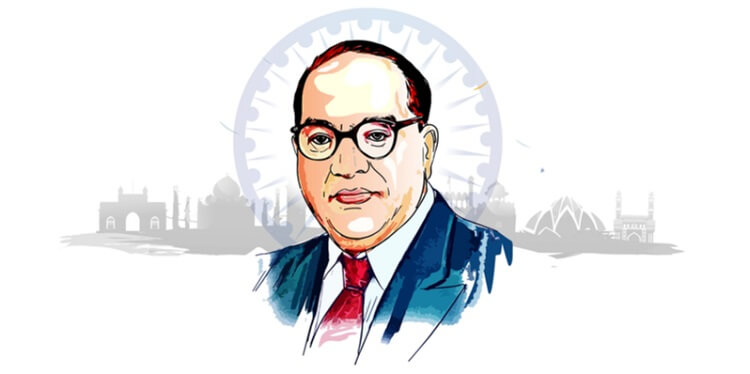
Ambedkar highlighted the importance of creating a true bridge across all parts of society. According to B.R. Ambedkar, if the imbalances among various country sections are not bridged, it’ll be impossible to maintain the nation’s unity. And thus, his primary aim in writing the constitution was to eliminate caste prejudice and untouchability inside the country and bring a social revolution by establishing an untouchable free society and granting equality to all. He also focused on religion, gender, and caste equality. On August 29, 1947, Dr. Ambedkar was named Chairman of the Constitutional Drafting Committee.
Ambedkar also managed to win the consent of the Legislative Assembly for quotas for citizens of the Scheduled Castes and Scheduled Tribes in education, government positions, and public service.
Acceptance Of Buddhism
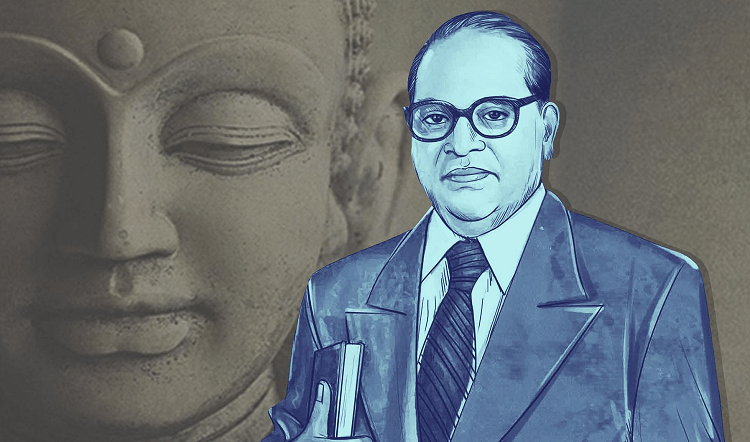
B R Ambedkar visited Sri Lanka in 1950 to take part in an intellectual conference. He was a vocal opponent of caste segregation and an outspoken critic of Hindu religious rites. And in the end, he was so moved by Buddhist principles that he decided to embrace Buddhism. A number of Buddhist scriptures were also written by him after his return to India.
Visiting Kathmandu for the Fourth World Buddhist Conference was Dr. Bhimrao Ambedkar. On October 14, 1956, B.R. Ambedkar convened a large assembly at which he persuaded approximately 5 lakhs of his supporters to convert to Buddhism. After his passing on December 2, 1956, he completed his final piece, “Buddha or Karl Marx,” which was afterwards published.
Baba Saheb Monuments, Awards,
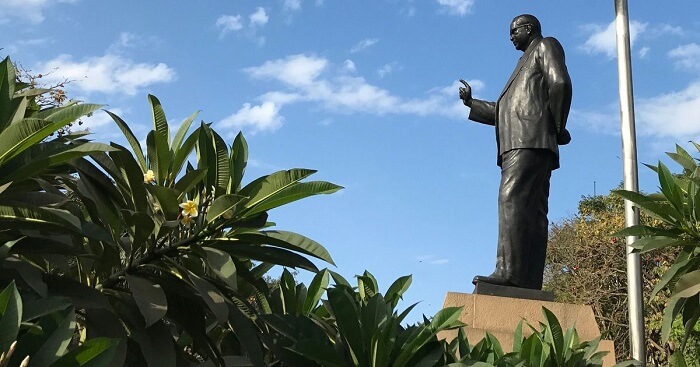
- Bhimrao Ambedkar’s residence at 26 Alipur Lane in Delhi has been renovated into a monument in his remembrance.
- He received Bharat Ratna, India’s prestigious award, posthumously (after death) in 1990.
- Many government universities, including Dr. Ambedkar Open University in Hyderabad, Andhra Pradesh, and B. R. Ambedkar Bihar University in Muzaffarpur, Bihar, are named after him.
- Nagpur’s Dr. Babasaheb Ambedkar International Airport, previously known as Sonegaon Airport, is located in Nagpur city.
- A huge official portrait of Ambedkar has been displayed in the Parliament house.
Facts Related to Ambedkar
- B. R. Ambedkar introduced the Ashoka Chakra on the Indian flag.
- Bhimrao Ambedkar mastered nearly all religions until he was 21 years old.
- Ambedkar was the first Indian who visited foreign to complete his Ph.D. in economics.
- R. Ambedkar served as India’s first law minister after independence.
- R. Ambedkar fought election for the Lok Sabha two times but was defeated.
- Bhimrao Ambedkar was not happy with the imposition of Article 370 in Kashmir, and thus he opposed it.
- B R Ambedkar was a Labour Viceroy’s Executive Council member. He proposed and altered the actual working hour in the industry to 8 hours which was previously at least 12-14 hours.
- Babasaheb was also a great reader, and it is said that his private collection of the book contained over 50 thousand books, which might have been the world’s largest book collection.
- While adopting Buddhism and quitting the Hindu religion, Ambedkar made 22 commitments, out of which in one he said, he would never worship Krishna and Rama, who are believed to be the avatars of God.
- Ambedkar was B R Ambedkar’s original surname. However, Mahadev Ambedkar, B.R Ambedkar’s instructor, who liked him immensely, changed his surname in academic records and made it as Ambedkar.
B. R. Ambedkar’s Death
Dr. Ambedkar was very worried about his worsening health between the years 1954 and 1955 when he was diagnosed with diabetes, blurry visual acuity, and a variety of other disorders, all of which were causing his health to be at risk. Due to his deteriorating health, he died on 6th December 1956.
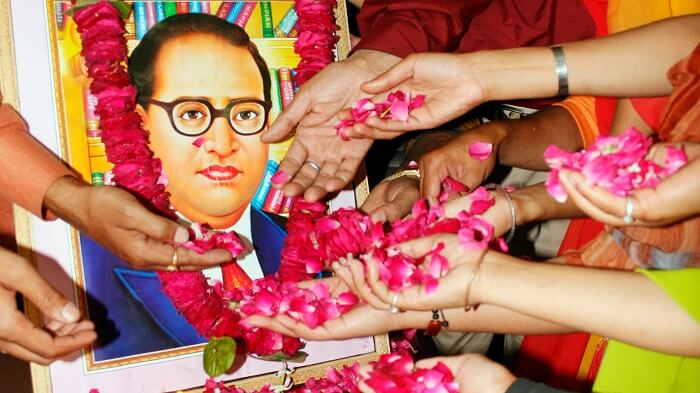
FAQs Related to Dr. Bhimrao Ambedkar
When was Bhimrao Ambedkar born?
B.R Ambedkar jayanti is observed on April 14
Where was Bhimrao Ambedkar born?
Bhimrao Ambedkar was born in Mhow (M.P.)
When did Bhimrao Ambedkar die?
Due to his deteriorating health, he died on 6th December 1956.
How Many Hours did Ambedkar Study?
Dr. B.R.Ambedkar was a social transformer and a great leader of our nation, but at the heart of his personality was his dedication. He used to spend eighteen hours studying at a stretch. He believed that education is the key to a person’s growth.
